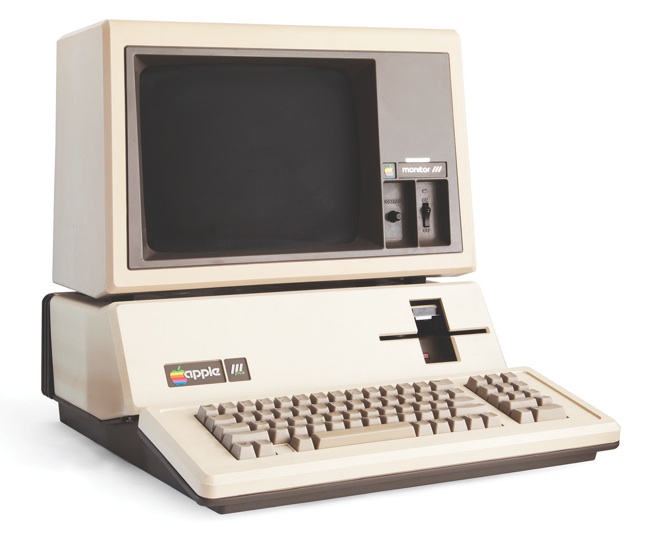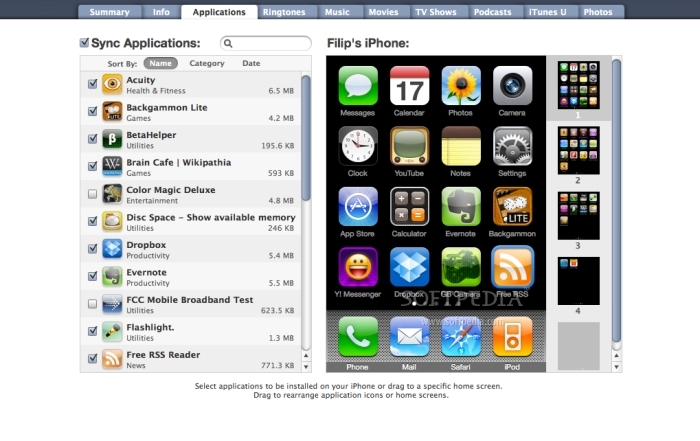

Within days of Pixar's arrival on the stock market, Apple bought NeXT for $400 million and re-appointed Jobs to Apple's board of directors as an advisor to Apple chairman and CEO Gilbert F.

After nearly 10 years of struggling, Jobs had finally hit it big. Fueled by this success, Jobs took Pixar public in 1996, and by the end of the first day of trading, his 80 percent share of the company was worth $1 billion. Four years in the making, " Toy Story" was a certified smash hit when it was released in November 1995. He also began paying more attention to his other business, Pixar Animation Studios, which he had purchased from George Lucas in 1986.Īfter cutting a three-picture deal with Disney, Jobs set out to create the first ever computer-animated feature film. Undeterred, Jobs switched the company's focus from hardware to software. But priced at $9,950, the NeXT was too expensive to attract enough sales to keep the company afloat. Introduced in 1988, the NeXT computer boasted a host of innovations, including notably fast processing speeds, exceptional graphics and an optical disk drive. Later that year, using a portion of the money from the stock sale, Jobs launched NeXT Computer Co., with the goal of building a breakthrough computer that would revolutionize research and higher education. Related: As Steve Jobs Once Said, 'People With Passion Can Change The World' Stripped of all power and control, Jobs eventually sold his shares of Apple stock and resigned in 1985. He clashed with Apple's board of directors and, in 1983, was ousted from the board by CEO John Sculley, whom Jobs had handpicked to help him run Apple. But with little memory, no hard drive and no networking capabilities, the Mac had almost none of the features corporate America wanted.įor Jobs, this turn of events spelled serious trouble.

When consumer sales failed to reach projections, Jobs tried pitching the Mac as a business computer. Jobs had envisioned the Mac as a home computer, but at $2,495, it was too expensive for the consumer market. The first personal computer to feature a graphical-user interface controlled by a mouse, the Macintosh was a true breakthrough in terms of ease-of-use. Faced with declining sales, Jobs introduced the Apple Macintosh in 1984.

Increased competition combined with less than stellar sales of the Apple III and its follow-up, the LISA, caused the company to lose nearly half its market to IBM. Two years later, sales ballooned to $200 million.īut by 1980, Apple's shine was starting to wear off. Designed for beginners the user-friendly Apple II was a tremendous success, ushering in the era of the personal computer. In 1977, they introduced the Apple II - the first personal computer with color graphics and a keyboard. To generate the $1,350 in capital they used to start Apple, Steve Jobs sold his Volkswagen microbus, and Steve Wozniak sold his Hewlett-Packard calculator.Īlthough the Apple I sold mainly to hobbyists, it generated enough cash to enable Jobs and Wozniak to improve and refine their design. In 1975, the 20-year-old Jobs and Wozniak set up shop in Jobs' parents' garage, dubbed the venture Apple, and began working on the prototype of the Apple I. To Wozniak, it was just a hobby, but the visionary Jobs grasped the marketing potential of such a device and convinced Wozniak to go into business with him. When Jobs returned to the U.S., he renewed his friendship with Wozniak, who had been trying to build a small computer. Related: Steve Jobs: An Extraordinary Career He was very often the smartest guy in the room, but he let people know that." By not showering for days and constantly criticizing his co-workers, Jobs alienates so many colleagues that Bushnell forced Jobs to work the overnight shift so as not to interact with other workers. "Steve was difficult but valuable," Atari co-founder Nolan Bushnell told the San Jose Mercury News. He had become fascinated by Eastern spiritualism and took a part-time job designing video games for Atari in order to finance a trip to India to study Eastern culture and religion. It was there that Jobs met and befriended Steve Wozniak, a young engineer five years his senior with a penchant for tinkering.Īfter graduating from high school, Jobs enrolled in Reed College in Portland, Ore. Impressed by Jobs, Hewlett not only gave him the parts, but also offered him a summer internship at Hewlett-Packard. While in high school, he boldly called Hewlett-Packard co-founder and president William Hewlett to ask for parts for a school project. The adopted son of a Mountain View, Calif., machinist, Steve Jobs showed an early interest in electronics and gadgetry.


 0 kommentar(er)
0 kommentar(er)
